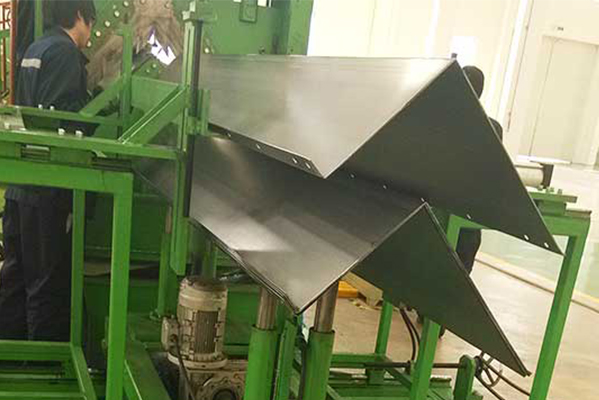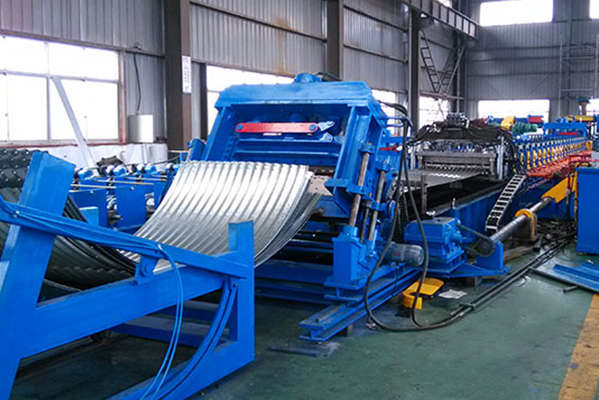Navigation Menu
Contact Us
- Email:
- info@wxavatar.com
- Address:
- Yurong Village, Yuqi Street, Huishan District, Wuxi, China.
Release Date:Oct 26, 2024 Visit:196 Source:ZCM Roll Forming Machine
The steel silo roll forming machine industry has witnessed a surge of design innovations in recent years, driving advancements in efficiency, precision, and versatility. These innovations have not only transformed the manufacturing process but also enhanced the overall quality and functionality of steel silos, making them more suitable for a wide range of applications.

One notable design innovation is the integration of modular components in steel silo roll forming machines. By adopting a modular approach, manufacturers can easily configure and reconfigure machines to suit specific production needs. This flexibility allows for quick adaptations to changes in demand or product specifications, without the need for extensive modifications or additional investments. Modular components also facilitate easier maintenance and repairs, as individual parts can be replaced or upgraded independently.
Another significant design innovation is the use of advanced materials in the construction of steel silo roll forming machines. Traditional materials, such as cast iron and mild steel, have been gradually replaced by lighter, stronger, and more durable materials like high-strength alloys and composites. These materials offer better wear resistance and corrosion protection, ensuring that machines can operate reliably in harsh environments. Furthermore, the use of advanced materials has led to the development of more compact and lightweight machines, reducing transportation and installation costs.
The incorporation of precision engineering techniques has also been a key design innovation in steel silo roll forming machines. These techniques enable manufacturers to achieve tighter tolerances and more consistent dimensions in the production of steel silos. This precision is crucial for ensuring that silos meet the required specifications and perform effectively in their intended applications. Precision engineering also allows for the production of complex shapes and geometries, expanding the range of possible silo designs and enhancing their functional versatility.
The integration of automation and robotics in steel silo roll forming machines represents another significant design innovation. Automated systems can handle material feeding, rolling, and forming processes with high precision and consistency, reducing the need for manual intervention. Robotics, on the other hand, enable machines to perform complex tasks, such as welding and assembly, with greater efficiency and accuracy. These advancements in automation and robotics have significantly increased production volumes and reduced labor costs, making steel silo manufacturing more economically viable.
In addition to these innovations, the use of intelligent systems and sensors has transformed the operational capabilities of steel silo roll forming machines. These systems collect real-time data on machine performance, operating conditions, and material properties, enabling operators to monitor and adjust production parameters with greater precision. Sensors can detect deviations in the rolling and forming processes, allowing for immediate corrections to be made, which minimizes waste and ensures high-quality output.
Another design innovation is the focus on ergonomics and operator safety in steel silo roll forming machines. Manufacturers have been incorporating features such as adjustable workstations, ergonomic controls, and safety guards to create a more comfortable and secure working environment. These improvements not only enhance operator productivity but also reduce the risk of accidents and injuries, contributing to a safer and more efficient workplace.

In conclusion, the design innovations in steel silo roll forming machines have had a profound impact on the industry. These advancements have led to improvements in efficiency, precision, and versatility, making steel silos more suitable for a wide range of applications. As the industry continues to evolve, it is likely that we will see even more innovative designs and technologies being integrated into steel silo roll forming machines, driving further advancements in manufacturing and performance.